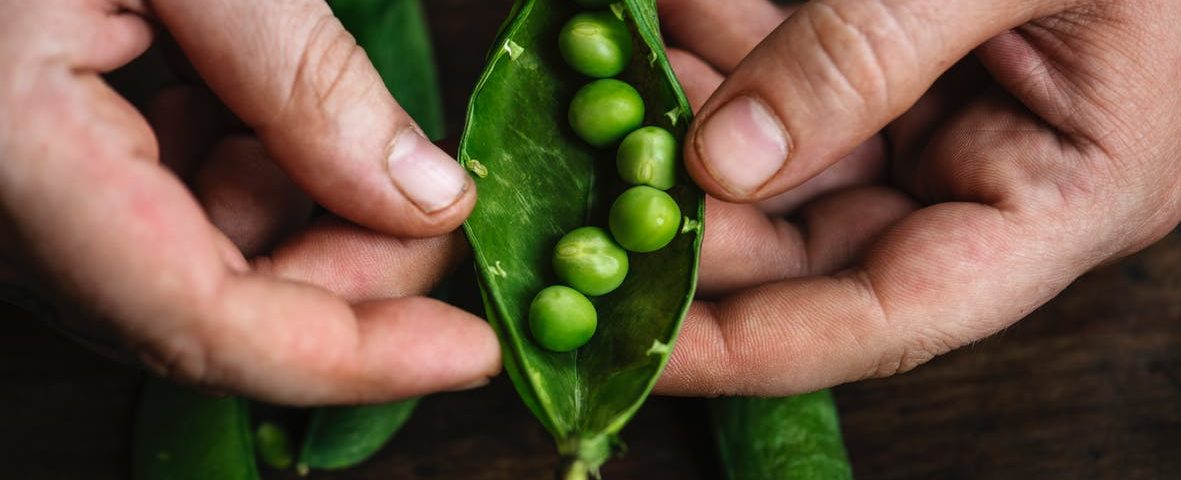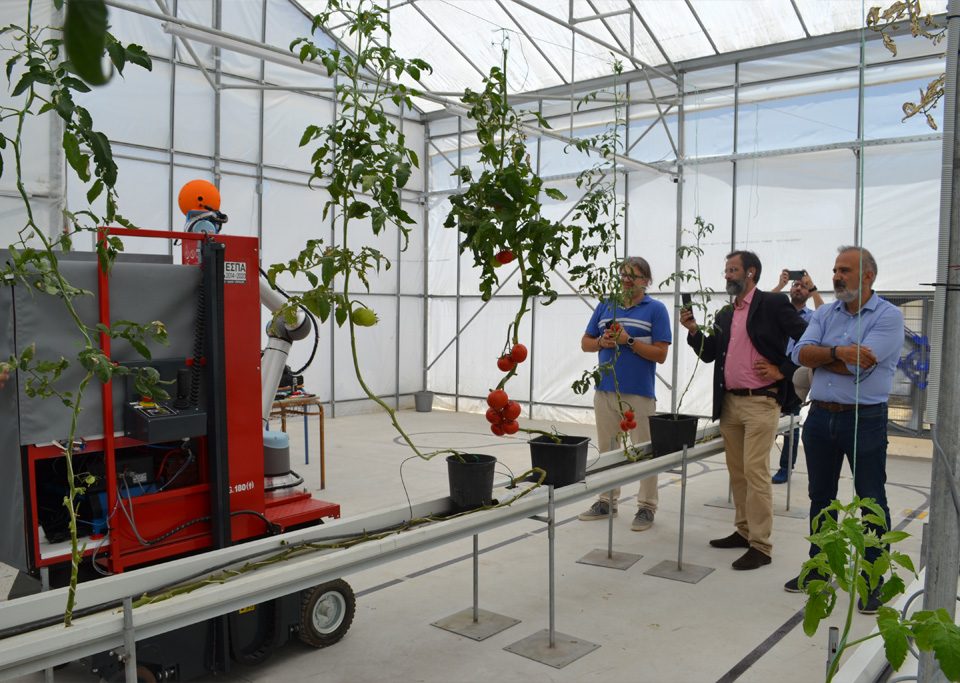
Robotics in Agriculture
December 21, 2018
WP1: Greenhouse development
May 29, 2019Agriculture is both a major industry and foundation of the economy. In 2016, the estimated value added by the agricultural industry was estimated at just under 1 percent of the US GDP. The US Environmental Protection Agency (EPA) estimates that agriculture contributes roughly $330 billion in annual revenue to the economy.
Factors such as climate change, population growth and food security concerns have propelled the industry into seeking more innovative approaches to protecting and improving crop yield. As a result, AI is steadily emerging as part of the industry’s technological evolution.
Artificial Intelligence in the Agricultural Industry – Insights Up Front
Based on our research, the most popular applications of AI in agriculture appear to fall into three major categories:
Agricultural Robots – Companies are developing and programming autonomous robots to handle essential agricultural tasks such as harvesting crops at a higher volume and faster pace than human laborers.
Crop and Soil Monitoring – Companies are leveraging computer vision and deep-learning algorithms to process data captured by drones and/or software-based technology to monitor crop and soil health.
Predictive Analytics – Machine learning models are being developed to track and predict various environmental impacts on crop yield such as weather changes.





